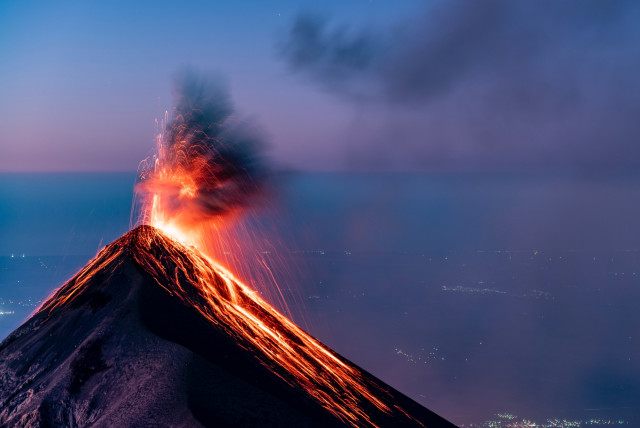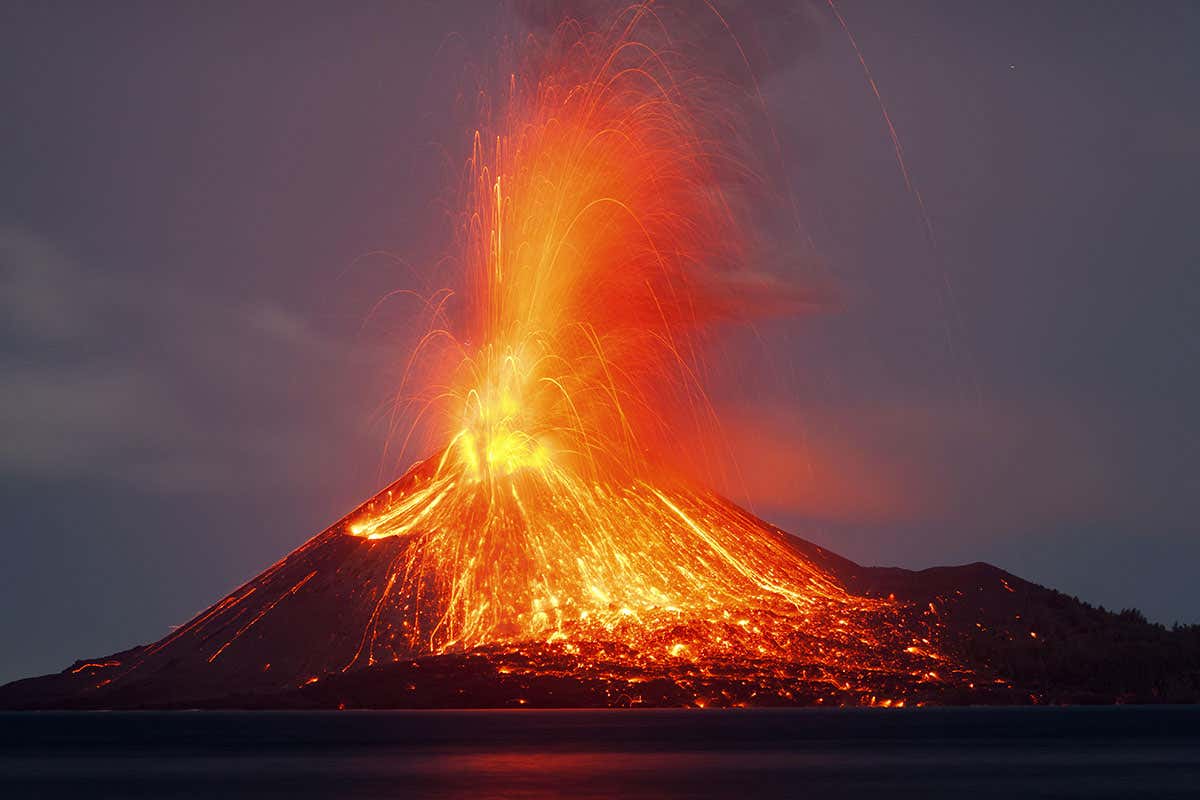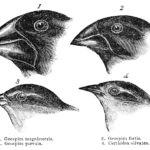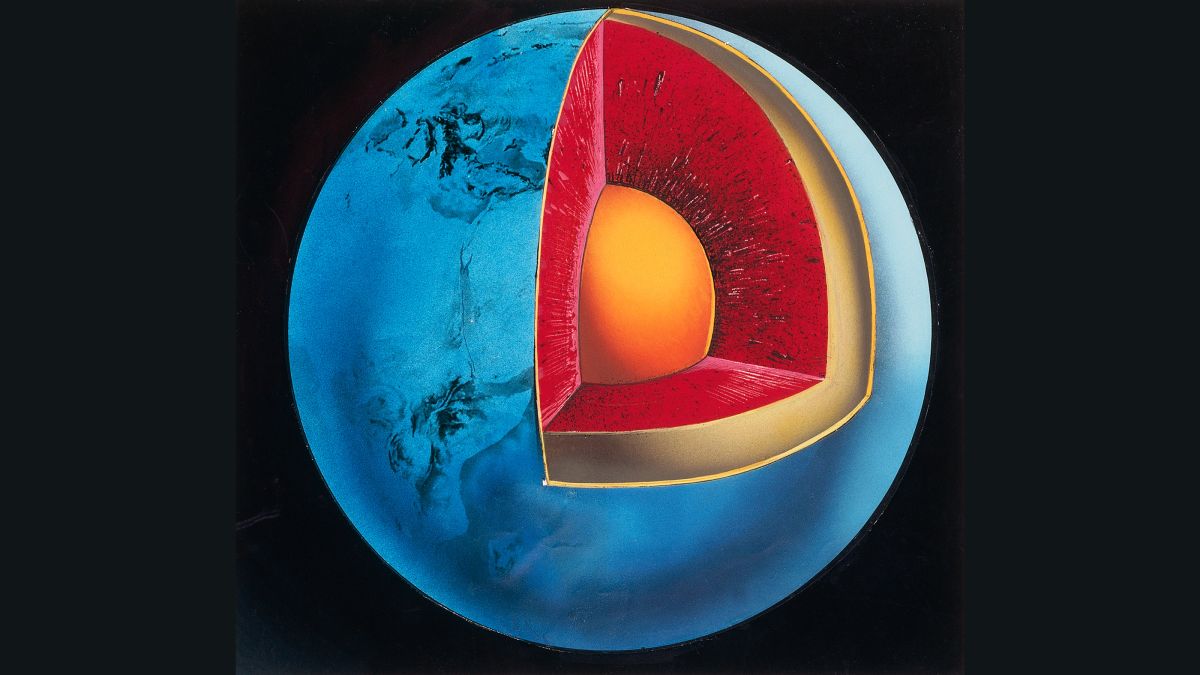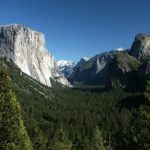Most of us have played ‘The Floor is Lava’ game. Magma from the Earth’s core provides an interesting imaginary challenge for young children to avoid, but in the real world, this molten rock can be explosively powerful. Volcanoes are one of the most destructive forces on Earth.
In the past, they have been responsible for extinction events for some species. And as a result of volcanic eruptions, new land is formed as well as new opportunities to discover different types of minerals.
Volcanoes are found on every continent and in almost every country which means their impact is huge. When one erupts, it can trigger tsunamis, change global weather patterns, and kill thousands of plants, animals, and people.
The formation of a typical volcano requires the movement of hot magma from deep in the Earth to the surface. This can happen at mid ocean ridges, at the boundary between tectonic plates, or at hotspots in the middle of continental plates. And it often displays a long history of eruptions which build up a mountain of volcanic rock over time.
Shield volcanoes are the most common type of volcano on Earth, representing 75% of all identified volcanoes. The magma which flows out is very fluid and low in silica content. This means that the eruptions are not very explosive and tend to build up huge domes with slopes under 10 degrees. The eruption of these volcanoes is very slow, but they are very destructive in their own way.
They produce huge quantities of lava which destroy the landscape in it’s path. And over time, this changes entire coastlines and landscapes to create new landforms. When volcanic eruptions occur under ice sheets, significant amounts of meltwater can flow up through the erupting vents and produce huge floods called Jökulhlaups.
Composite volcanoes are a different type of volcano to shields, but they have similar names because composite cones tend to build up in layers just like shield volcanoes. The difference is that composite cones have much more ash, bombs and pumice in the mix of eruption material.
Unlike shield volcanoes, composite volcano eruptions are explosive because of the larger concentrations of gas which builds up as lava rises through them. This means that they have wider slopes at around 30 degrees and tend to have a more pointed top. They also tend to be taller than shield volcanoes, such as Mount Fuji in Japan and Mount St. Helens in North America.
Cinder cones are short-lived volcanoes which have low viscosity magma containing high concentrations of gas. They erupt violently to produce small volcanic cones composed entirely or almost entirely of pyroclastic material. These eruptions produce high heat clouds which rise quickly into the atmosphere. And they often cause mudflows and floods as well as large amounts of ash that is carried by winds away from the volcano.
This type of eruption is similar to the powerful explosions of atomic bombs. Cinder cones are usually built on top of older volcanoes or tectonic hills. They are not usually found on their own in the middle of a large flat area.
Some cinder cones have lava coming out of them, but this is very rare. Most just spew ash instead. For example, Paricutin is one of the most recently formed volcanoes in Mexico and has had more than 20 eruptions since it first formed in 1943.
Volcanoes are one of the biggest natural disasters that can happen on Earth. They have shaped many landscapes and even changed how Earths atmosphere is today. Without them, life on earth would be very different.
